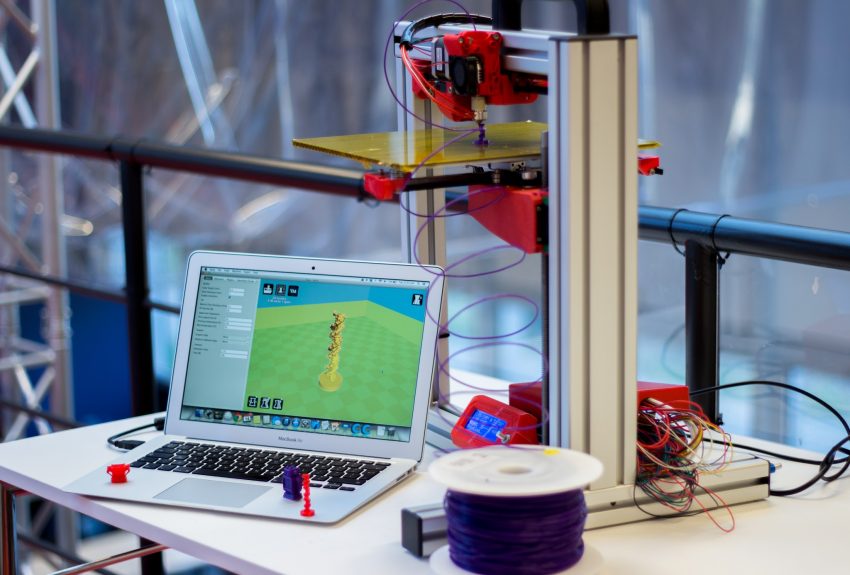This post is also available in:
 עברית (Hebrew)
עברית (Hebrew)
US service members who might use new technologies during deployments are given the opportunity to test them and have input before the technology is declared field-ready, within the framework of a US Army program, the Maneuver Support, Sustainment, Protection, Integration Experiment. Several devices were recently demonstrated with this regard. In the near future, the U.S. Army hopes to use 3D printers to quickly build things like barracks and bunkers out of concrete. Drones equipped with tiny sensors could soon fly ahead of human warfighters to identify hot zones contaminated by deadly chemicals and gather other intelligence without risking lives.
Scanner technology currently used by the most advanced law enforcement agencies to document crime scenes in 3D could find a use on the battlefield to allow mapping and route-making at previously unthinkable levels of detail, according to news-leader.com.
The 3D printing technology demonstrated, called ACES – Automated Construction of Expeditionary Structures – is the size of a large garden shed and can use concrete to build a barracks hut to house 20 soldiers in about 21.5 hours. Before ACES can be used in war, a version needs to be developed that could survive various weather conditions and transportation. The Army and the Corps also want to develop ACES technology that would allow soldiers to print out structures using dirt found on-site to form bricks rather than importing sacks of cement powder into a deployment area.
Another technology at the demonstration was two types of drones outfitted with technology the Army calls C-SIRP. According to armytimes.com, they contain miniaturized sensors mounted on the underside of quadcopter drones, which could be deployed ahead of soldiers. The sensors can detect chemical contamination and other conditions in zones.
A laser scanner, called FARO Focus, was also demonstrated. They can make 800,000 measurements in 3D per second. That allows law enforcement officers to record data at a crime scene in about 40 minutes rather than taking two or three hours to measure everything by hand.


























